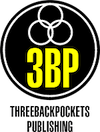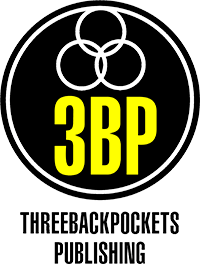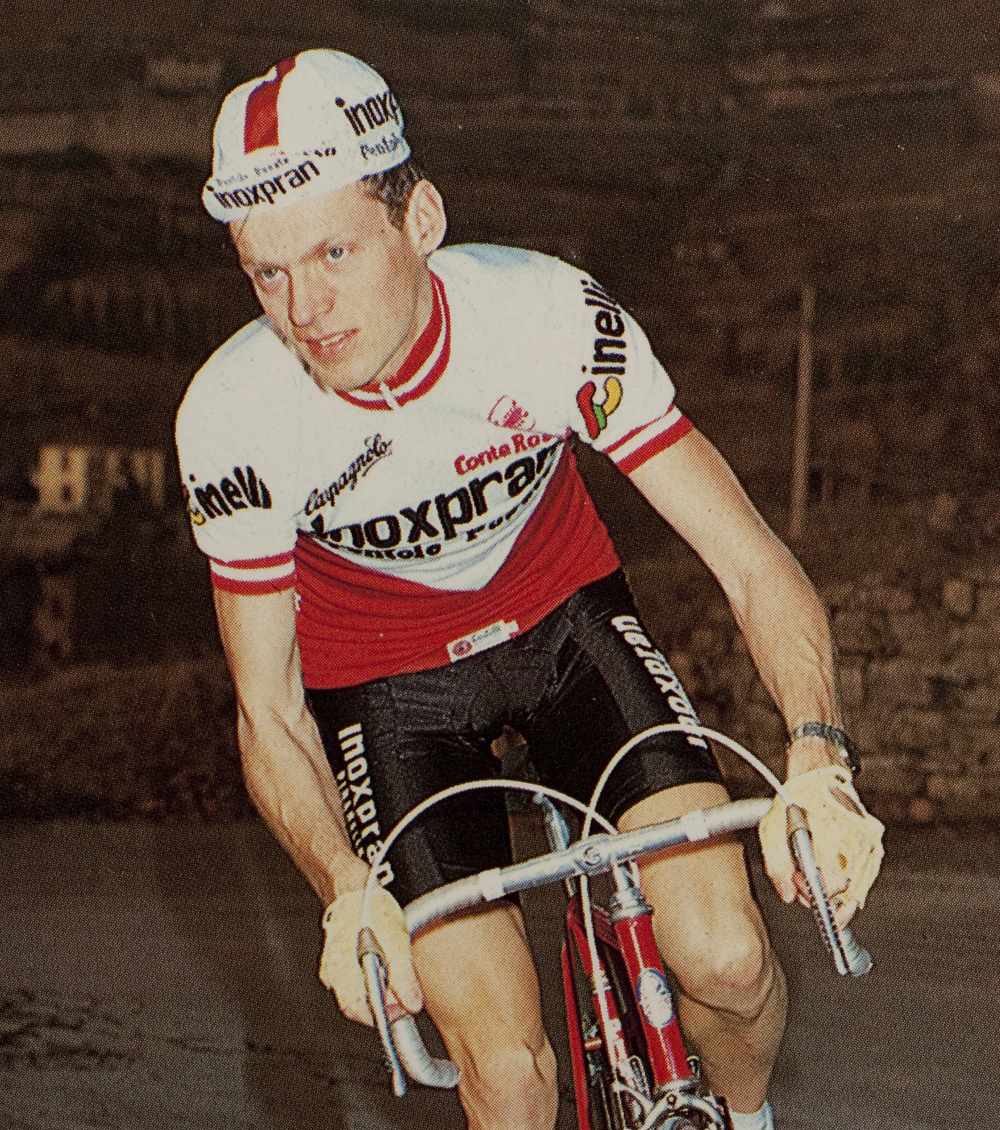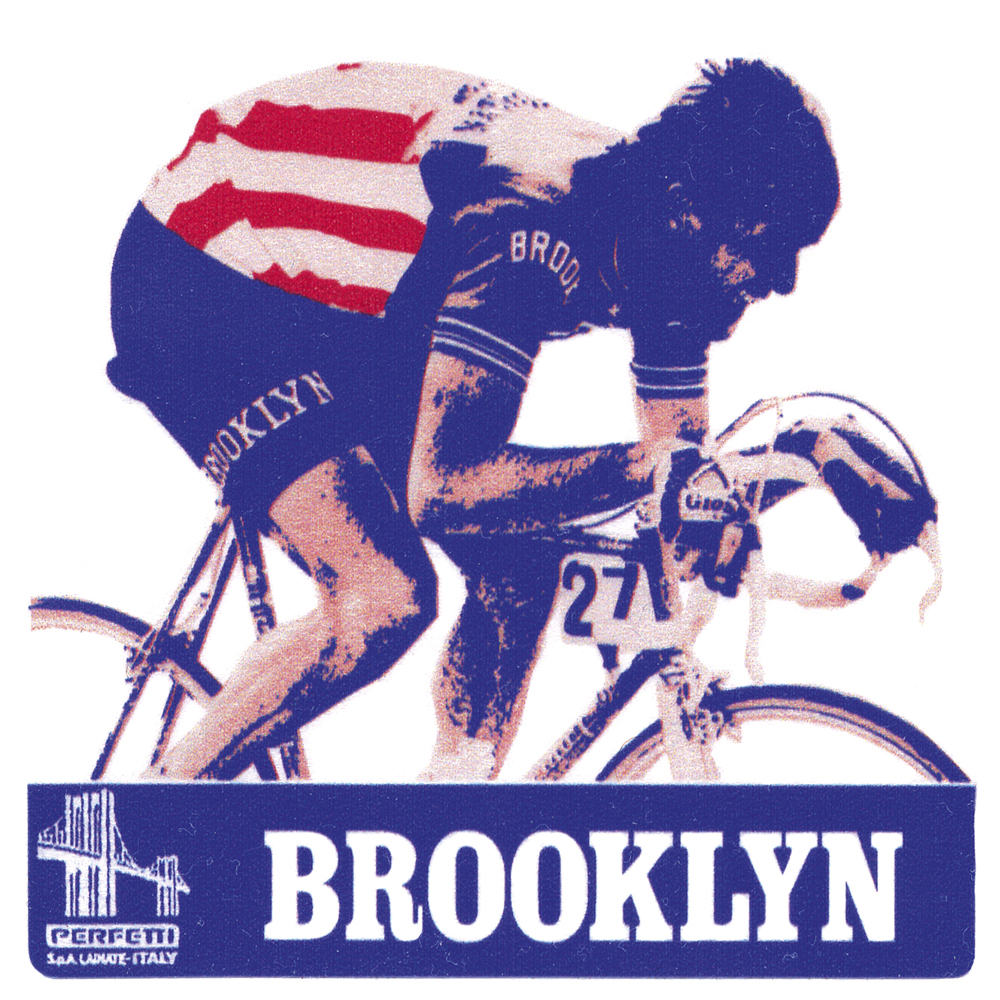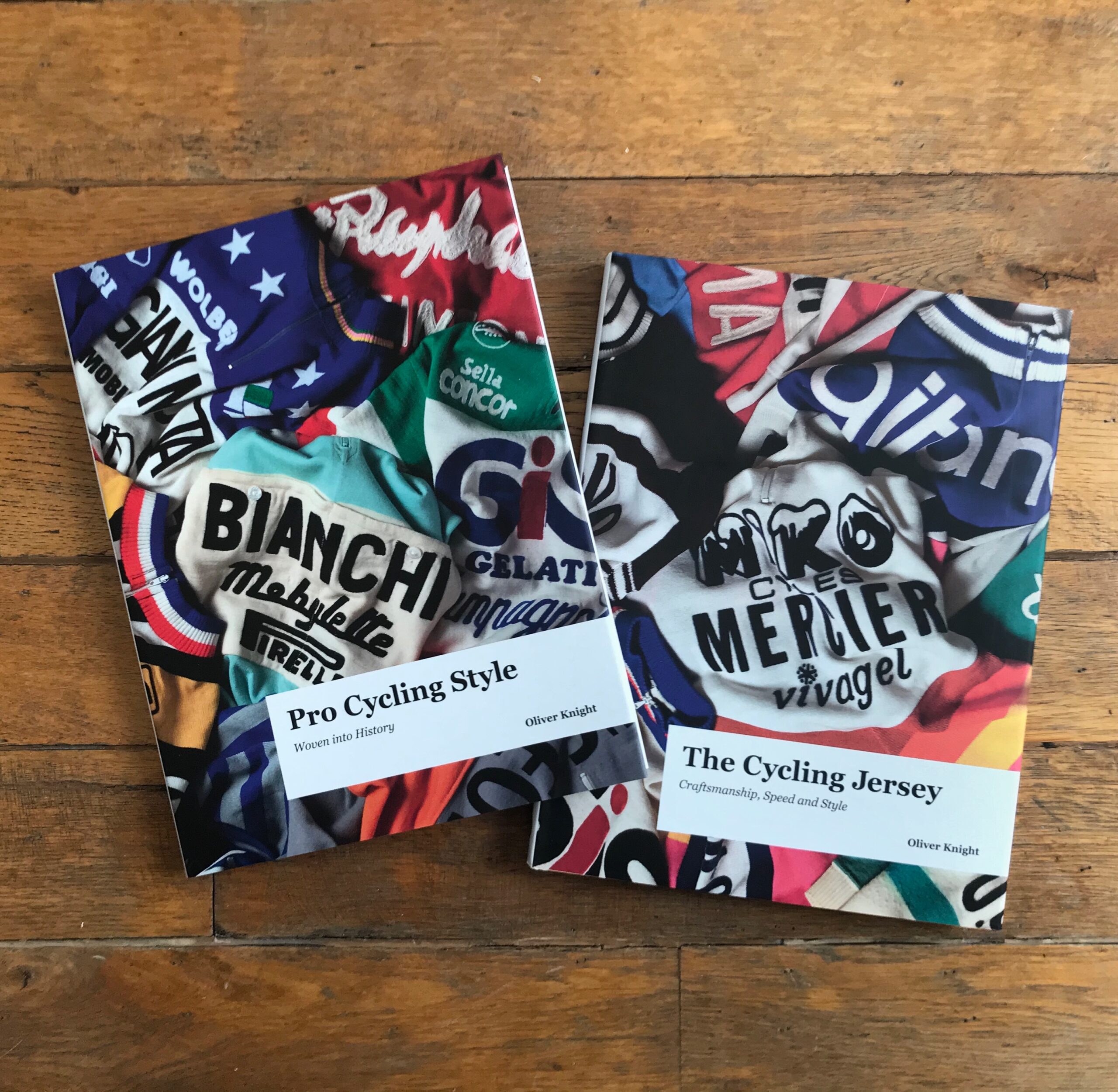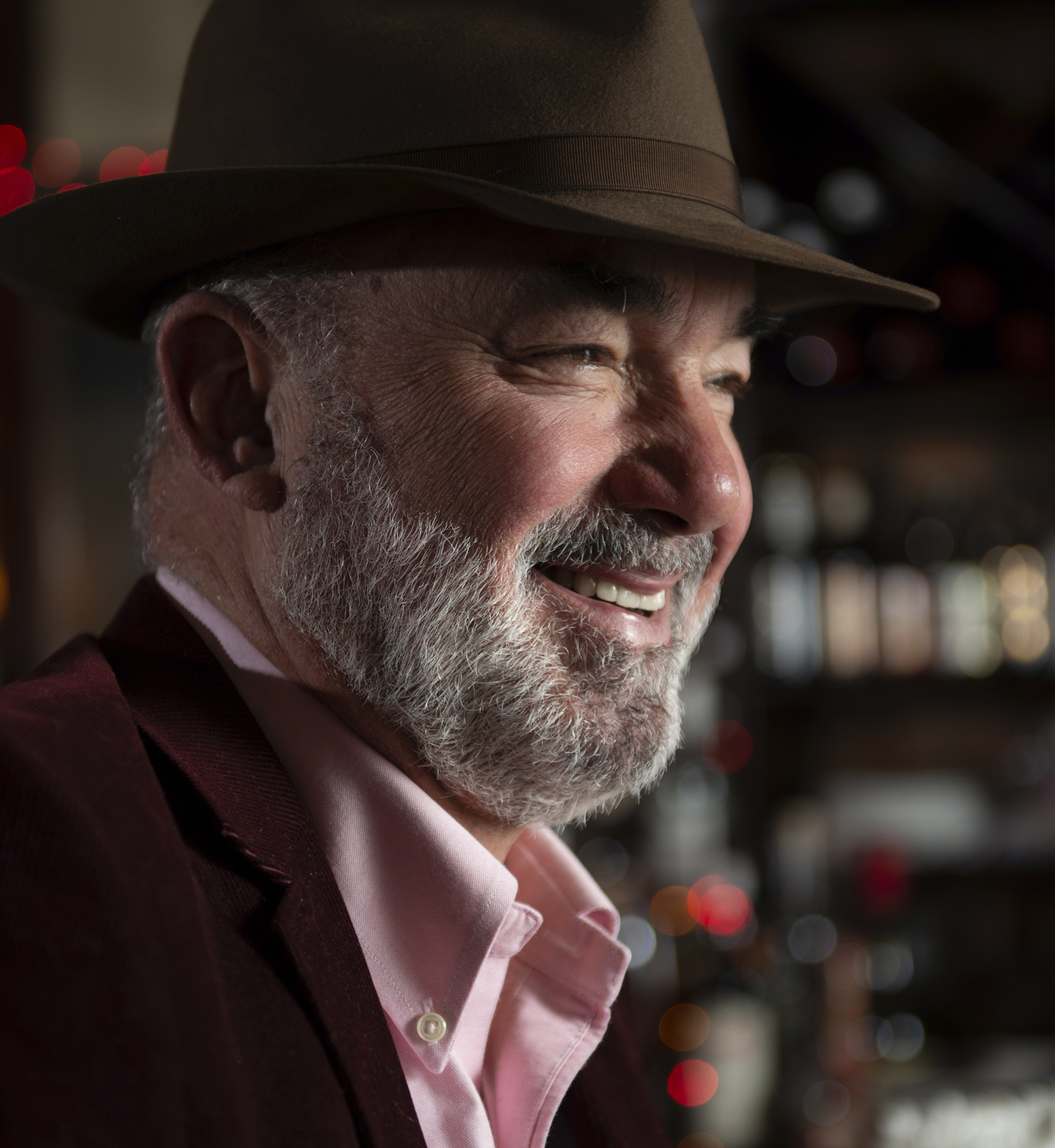The legacy of St.Raphaël
 In this feature I take an in-depth look at the partnership of the drinks brand St.Raphaël and the all-conquering professional cycling team they sponsored for over a decade.
In this feature I take an in-depth look at the partnership of the drinks brand St.Raphaël and the all-conquering professional cycling team they sponsored for over a decade.
Pioneering as one of the first non-cycling sponsors allowed into the sport, the team was a proving ground for some of the best young talents of their generation, and remarkably they secured their first Grand Tour win in just their third year of existence. Aside from this, and thanks to St.Raphaël’s inspired branding, the team also gave us some of the most sublime jersey designs ever created, eventually worn by one of the most stylish riders the sport has ever known – the enigmatic Jaques Anquetil.
The marriage of cycling team and sponsor
Professional cycling team sponsorship was, for more than half a century, the sole domain of cycling manufacturers. This however all changed in 1954, when the Italian rider Fiorenzo Magni secured sponsorship for his team from the skincare manufacturer Nivea. Subsequently, for the first time in professional competition, their team riders now had a non-cycling brand emblazoned upon their jerseys.
From this point on, the marriage of professional cycling teams with a host of, often rather obscure sponsors, became completely inseparable. These pairings led to some marriages that were made in heaven, while others remain best forgotten. The one place above all that would witness this new partnership would be the team jerseys, as sponsors became immediately aware of the potential in using this valuable real estate, and moving billboard, to highlight their brand and products.

 The redesigned Renault logo introduced in 1972, created by the French graphic artist Victor Vasarely, directly transferred to the Renault team jersey. Worn by a host of cycling legends including team riders Greg LeMond, Laurent Fignon, and the dominating Bernard Hinault – shown above during the 1983 Vuelta wearing the rarely seen wet weather version of the jersey from kit sponsor Castelli
The redesigned Renault logo introduced in 1972, created by the French graphic artist Victor Vasarely, directly transferred to the Renault team jersey. Worn by a host of cycling legends including team riders Greg LeMond, Laurent Fignon, and the dominating Bernard Hinault – shown above during the 1983 Vuelta wearing the rarely seen wet weather version of the jersey from kit sponsor Castelli
A number of these team and sponsor partnerships then went on to become legendary; the dour and brooding colours of Molteni worn by the great Eddy Merckx, the incongruous American Stars and Stripes worn with finesse by the superstar DeVlaeminck, and, with quite possibly the most literal and successful direct transfer of sponsor logo to team jersey, the iconic Renault team.

 Collector Jason Cool surrounded by part of his stunning Mapei dedicated collection – as shown in our latest book ‘Pro Cycling Style’
Collector Jason Cool surrounded by part of his stunning Mapei dedicated collection – as shown in our latest book ‘Pro Cycling Style’
As these often powerful brands injected more finances toward the teams racing budgets, it attracted the best riders and gained them increasing race victories – the sponsors capitalising on the massive exposure to their products, which in turn increased their revenues. The jersey was a key component in this equation – with its display of the team sponsor branding having paramount importance.
Into the modern era of the sport, this is perhaps best typified by the mighty Italian Mapei team, who boasted some of the best riders of their generation all sporting an equally impressive wardrobe of kit. This thanks to the vision of branding designers at Mapei, who took the astute decision to use the team’s wardrobe of kit as a direct marketing tool.
Back in the 1950s, one of the first, and perhaps finest example of successful pairing of cycling team and sponsor branding was that of the professional French cyclist Raphaël Geminiani and his budding bicycle brand, and the incredibly popular aperitif drink St.Raphaël, which had been a household name across France since the turn of the century.
St.Raphaël – the aperitif of France
The history of the St.Raphaël drinks brand dates all the way back to 1830, where a Dr. Adémar Juppet worked on his own recipie of aperitif made from the combination of wine and quinquina; a substance derived from the bark of the cinchona tree with perceived medicinal benefits. This a combination already made popular to national palettes by the existing French drinks brands Byrrh and Dubonnet.
Legend has it that as Juppet worked on his recipe his eyesight began to fail, and in desperation he said a prayer to the Archangel Saint Raphaël, remembering the biblical epitaph of his healing blindness in the book of Tolbit. The Archangel answered, and with his eyesight restored he completed his recipe, calling it St.Raphaël in his honour.
 Original enamelled advertising sign from the 1950s
Original enamelled advertising sign from the 1950s
By 1900 the drink had become a household name, and the company employed extensive marketing campaigns in order to grow their brand awareness. In 1932 they introduced the use of the silhouettes of two waiters in their branding, these symbolising the two variations of the drink, one using white wine and the other red. 
In 1936 Max Augier, the head of advertising at St.Raphaël, would meet the renowned poster artist Charles Loupot, and liking his original graphic approach he decided to put him in charge of all branding at the company. Loupot began immediately redefining their brand graphics, employing his signature strict geometric style. Post War, Loupot further refined the logo and brought in a team of young Swiss designers to work with him in creating a modular system for the branding, one that could be applied to any number of promotional items.



The versatility of their branding would allow for it to be applied to any number of locations, including murals and publicity vehicles
The talents of one of his stable of designers, Rolf Ibach, would prove to be particularly useful. This Swiss designers graphic style leaned heavily towards abstraction, and seeing this potential Loupot had him oversee the creation of over 300 advertising murals painted across France, these often using only part of the iconic St.Raphaël logo.
This approach was also seen as a necessity by Loupot, as in the early 1950s French law still strictly governed the size at which an alcohol manufacturers logo could be displayed in both magazine and billboard campaigns. These regulations could be simply bypassed, by cleverly abstracting their now immediately recognisable branding, and in turn have it occupying the whole area of either magazine page or advertising hoarding, as seen above.
Into the 1950s the laws on alcohol advertising in France were relaxed, and with their modular system in place for branding, along with their huge advertising budgets, the St.Raphaël logo and its colour scheme was omnipresent across France. St.Raphaël would supply bars and bistrot with all manner of their everyday items; ashtrays, mirrors, corkscrews, caraf, and waiters note pads and pens. In exchange for this service, they all featured the application of the ubiquitous red, white and black St.Raphaël branding.
The St.Raphaël brand had now seemingly conquered France. Their next step however, through an approach from a forward thinking French professional cyclist, would take the brand to even loftier heights, that of the nations biggest sporting event – the Tour de France.

1954, The St.Raphaël cycling team is born
In 1953, the established French cyclist Raphaël Geminiani was looking for sponsorship opportunities for his team promoting his fledgling brand of racing bikes, and struck a deal with the powerful drinks brand, who fortuitously shared his first name. For the 1954 season of races the newly formed six-man Saint Raphaël – R.Geminiani – Dunlop team would make its maiden appearance.
Initially however, the iconic sponsor branding would not make an appearance on the team jerseys, as race organisers were weary of allowing a non-cycling brand into the sport, fearful that it would take away advertising in the pages of the sporting Press, headed up by the all powerful l’Equipe – the creator of the Tour de France.
 One of the first incarnations of the St.Raphael team jersey from 1955, a season which would see race organisers not yet fully prepared to allow a non-cycling brand into the sport. An incredibly rare item from the vaults of the Vandystadt collection
One of the first incarnations of the St.Raphael team jersey from 1955, a season which would see race organisers not yet fully prepared to allow a non-cycling brand into the sport. An incredibly rare item from the vaults of the Vandystadt collection
Spending their inaugural season in a rather uninspired white and sky-blue jersey, the team then introduced the iconic St.Raphaël colours to their kit for the Milan – San Remo race in early 1955, only to then be forced to revert back to their previous kit for the rest of the season. Eventually the race organisers yielded, and the following year would see the now greatly enlarged 27 man team of riders clad in the gorgeous red, white and blue team jersey for the entirety of what would be an outstanding 1956 season.

The pinnacle of this season for the team would be at the Tour de France, when their journeyman pro Roger Walkowiak managed to beat an arguably diminished competition take the title of the 1956 Tour de France winner. Although competing for the regional Nord Est/Centre team, his trade team sponsorship branding was present on his Maillot Jaune, and St.Raphaël had their first Grand Tour winner in just their third year of existence.

The Polish born rider Roger Walkowiak would surprise many by winning the 1956 Tour de France
By this point, and thanks to their sponsors seemingly bottomless pockets, the team had already expanded to form a Swiss subsidiary team in conjunction with Cilo cycles. This team based around their star rider, the Swiss Hugo Koblet, also featured their distinctive branding for the team jerseys.
 An original team jersey for the 1956 St.Raphael – Cilo sponsored Swiss subsidiary team, from the collection of Denis Barret
An original team jersey for the 1956 St.Raphael – Cilo sponsored Swiss subsidiary team, from the collection of Denis Barret

1959 would see the team expand further, as they set up the sister team Rapha – R.Geminiani – Dunlop in order to promote another item in their line of beverages. This team, clad in a stylish yellow, white and grey kit would be a proving ground for young talent, subsequently feeding the best new riders into the principal team.

Team riders for the Rapha sponsored team of 1959
Amongst the équipe would be the prodigiously talented young German riders Rolf Wolfshohl and brothers Willi and Rudi Altig, and from the United Kingdom Tom Simpson, who in 1961 would write himself into the history books as the first British rider to win the Tour of Flanders, this in just his second full year as a professional cyclist.

Tom Simpson riding to victory in the 1961 Tour of Flanders
The reach of St.Raphaël even spread across the Channel to the United Kingdom, as they formed a sponsorship partnership with a Portsmouth based amateur team. In sharing the sponsorship duties with Stanton they form the V.C – St.Raphaël team – their original team trainer from the early 1960s seen below, featuring the iconic sponsor branding.


1962, the prodigy Anquetil arrives
Having been tempted away from the Helyett team to join St.Raphael, the two time Tour de France winner Jacques Anquetil would write himself into the history books while riding in these sublime team colours. Riding at his side would also be his faithful lieutenant Jean Stablinski, and the 1962 season would herald a string of historic victories for their enigmatic team captain.

Jacques Anquetil in the saddle during the 1962 Tour de France, his first season in the iconic colours of his new team sponsor

Part of the St.Raphael team line-up of 1962. Jacques Anquetil the star new signing, tempted away from Helyett along with his faithful lieutenant Jean Stablinski, seen to his right. Rudi Altig (left) also joins the principal team after two seasons at the proving ground of Rapha, and Raphael Geminiani (right) moves into what will become his permanent role as team Directeur Sportif
In the Tour of 1962, Anquetil would win his third, and second successive Tour de France title, and this with a speed that would not be bettered until two decades later in 1981. The following season he would win his third successive, and fourth Tour de France title while also completing the double with a win of the Vuelta too.

Rudi Altig rides alongside Anquetil in the principal St.Raphael team for the 1962 season

Anquetil winning the Criterium des As (Race of Aces) for the third time in 1963. Held at the end of the race season, an invitation only event for the top performing riders. His former team mate Tom Simpson now riding for Peugeot seen at the left of frame.

More on the background story to Jacques Anquetil can be discovered in our first book ‘The Cycling Jersey – Craftsmanship, Speed & Style’

Anquetil in yellow at the 1963 Tour de France, taking the jersey all the way to Paris to win his second of what would be three consecutive Tour wins with St.Raphael
The crowning glory for Anquetil and St.Raphael would come in the Tour de France of 1964. After having won his second Giro d’Italia earlier in the season, Anquetil entered the Tour of ’64 in perfect form and ready for the much anticipated showdown with his fellow French rival Raymond Poulidor. After a fabled elbow-to-elbow duel with Poulidor on the Puy de Dome mountain, Anquetil battled to secure victory over his rival and write himself into history with his fourth successive, and fifth overall win of the Tour de France title.

This fourth successive win would overtake the record of three set by Philippe Thys and Louison Bobet, and he would mark himself as the first rider in the history of the race to win five times. This record since, only emulated by Eddy Merckx, Bernard Hinault and Miguel Indurain. His last three of five Tour wins will also be forever associated with the iconic colours of the St.Raphael team, which will be forever part of the rich history of the sport, and an influence which continues to be felt to this day.

Inside the offices of the cycling brand Rapha, with a reminder of the cycling team sponsor that informs both their name, and ethos.
I hope you’ve enjoyed this post – to discover the full interview with John Eustice, it’s waiting for you within the pages of our new book ‘Pro Cycling Style – Woven into History’
This large format coffee table book is packed with over 500 images, showcasing a wealth of original race-worn jerseys, all worn by a host of legendary cyclists. It also features specially commissioned features, as well as a host of interviews with the riders who created this legacy, the world’s leading memorabilia collectors, and the creative teams from Rapha, De Marchi and Santini, who are now creating the breakthrough designs defining the modern era.
This new book is a follow up to our first title ‘The Cycling Jersey – Craftsmanship, Speed and Style‘ which gained the high praise from Rouleur magazine as a title they described as both ‘Beautiful and Enlightening‘.
More details on all our books, posters and prints can be found at the 3BP online store


